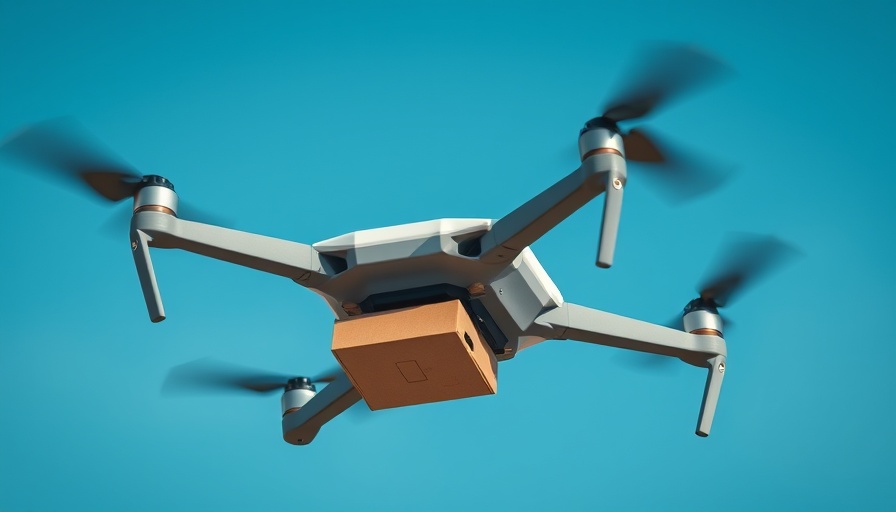
Revolutionizing Drone Navigation: The Role of AI
In recent advancements, a new AI-enabled control system has emerged that significantly enhances the capabilities of autonomous drones. Developed at the Massachusetts Institute of Technology (MIT), this system is designed to help drones navigate and stay on course even when faced with unpredictable challenges, such as sudden gusts of wind. This innovative technology adapts in real-time, allowing drones to learn from both their environment and their operational parameters.
How AI Enhances Stability and Precision
The core function of the AI control system is its ability to autonomously adjust to disturbances that could jeopardize a drone's flight path. The system continuously processes data from various sensors, allowing it to predict potential disruptions and make immediate corrections. This feature is particularly valuable in uncertain environments, such as during search and rescue missions in challenging terrains.
Implications for Future Drone Applications
As the use of drones continues to expand across industries, from agriculture to emergency relief, the introduction of such adaptive AI technology promises to enhance operational efficiency and safety. The ability to maintain stability amidst unpredictability can lead to significant advancements in drone applications, facilitating more complex tasks and reducing the risks of malfunction or crash.
Why This Innovation Matters
The integration of AI in drone technology not only improves functionality but also represents a broader trend in automation and artificial intelligence. As more sectors adopt advanced technologies, understanding how these innovations work will become essential for strategic decision-making. Keeping informed about developments in AI-powered systems enhances our appreciation of their potential to drive productivity and growth in various fields.
 Add Row
Add Row  Add Element
Add Element 



Write A Comment